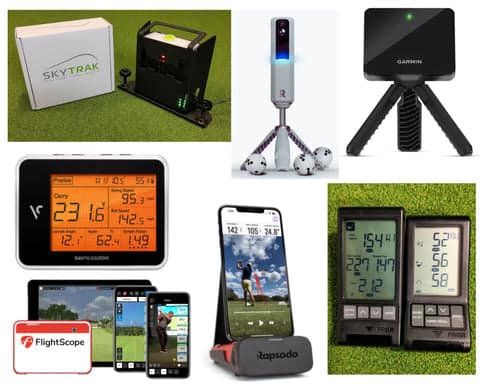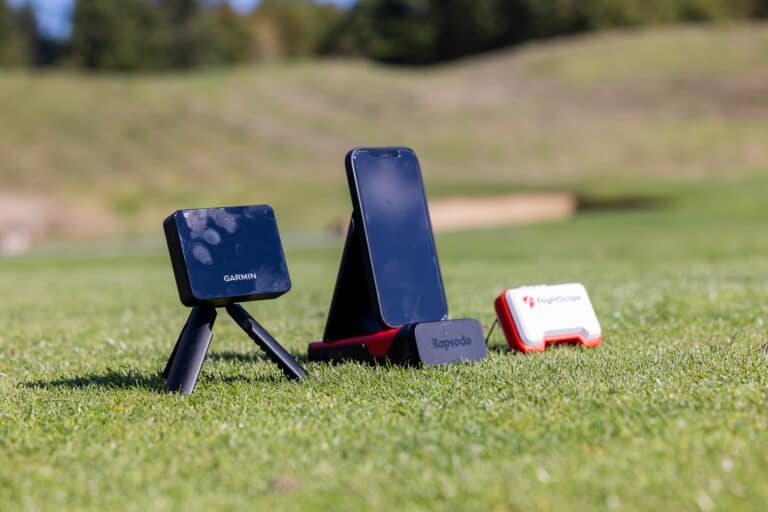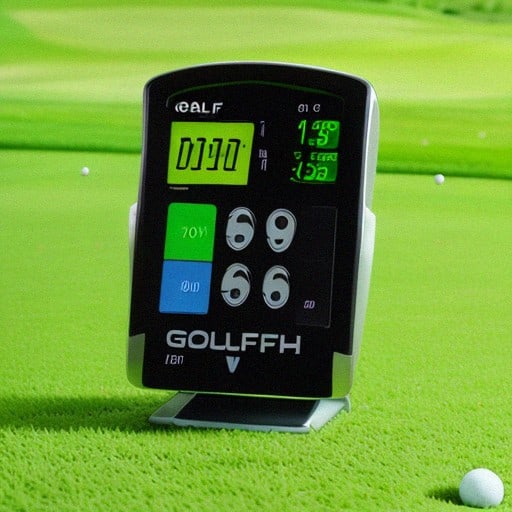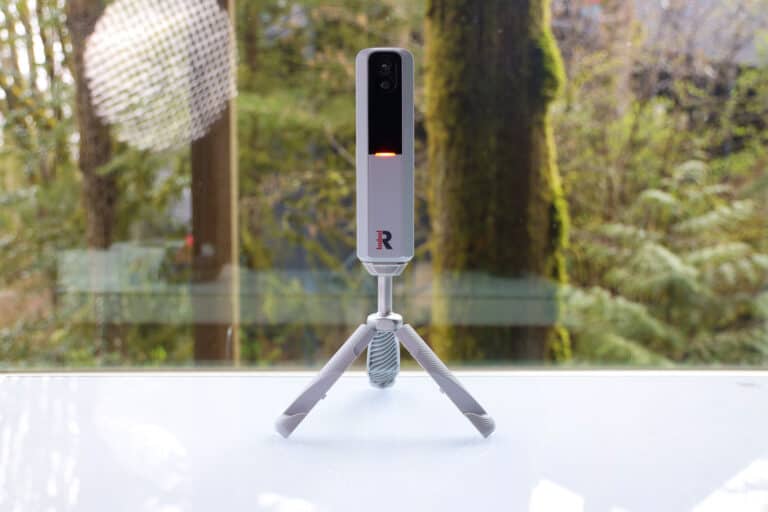Is there a limit to the distance a launch monitor can measure?
Exceeding the boundaries of distance measurement with a launch monitor has always been a topic of interest for golfers and tech enthusiasts alike. Through my extensive experience with various launch monitors, I have come to understand the limitations and capabilities of these devices. In this blog post, I will shed light on whether there is truly a limit to the distance a launch monitor can accurately measure, and if so, what factors come into play.
Key Takeaways:
- Launch monitors have a maximum distance range: Despite advancements in technology, most launch monitors have a limit to the distance they can accurately measure. This limit is usually around 400-500 yards for outdoor use.
- Accuracy decreases at longer distances: As the distance increases, the accuracy of the launch monitor’s measurements may decrease. Factors such as air density, wind, and other environmental conditions can also affect accuracy at longer distances.
- Understanding the limitations is crucial: Golfers and instructors should be aware of the distance limitations of launch monitors to ensure they are using the data effectively for their training and practice. It’s important to choose a launch monitor that meets the specific needs and distance requirements of the user.
Factors Influencing Launch Monitor Limits
Obviously, there are several factors that can influence the limit of distance a launch monitor can measure. These factors can include the quality of the sensors and resolution, environmental considerations, and the design and operation of the launch monitor itself. After considering all these factors, it becomes evident that the limits of a launch monitor’s distance measurement capabilities can be quite variable.
Sensor and Resolution Quality
The quality of the sensors and resolution of the launch monitor can significantly impact its distance measurement capabilities. High-quality sensors with high resolution can accurately capture and analyze the data related to the ball and club movements, allowing for more precise distance measurements.
Environmental Considerations and Effects
When it comes to measuring distance, environmental considerations play a crucial role. Factors such as wind speed, humidity, and temperature can affect the performance of the launch monitor and subsequently influence the accuracy of the distance measurements. Additionally, lighting conditions and the presence of obstacles in the environment can also impact the ability of the launch monitor to accurately measure distance.
Launch Monitor Design and Operation
The design and operation of the launch monitor itself can dictate its distance measurement limits. Features such as radar technology, camera systems, and calibration processes can all influence the accuracy and range of distance measurements. Additionally, the software and algorithms used by the launch monitor can also impact its distance measurement capabilities.
Technical Aspects of Distance Measurement
To accurately measure distance, launch monitors utilize a variety of technical components and processes. These include performance metrics and efficiency, bandwidth and data cache implications, as well as firmware and software integration. Let’s dive into the technical aspects of distance measurement and how these factors impact the accuracy and limitations of launch monitors.
Performance Metrics and Efficiency
Performance metrics and efficiency play a crucial role in determining the distance a launch monitor can measure. The ability of the device to process and analyze data in real-time directly impacts its accuracy and maximum distance measurement. Factors such as processing speed, sensor resolution, and signal processing algorithms are **critical** in ensuring precise distance measurements. A high-performance launch monitor with **sophisticated** algorithms can efficiently capture and analyze data, resulting in accurate distance measurements even at longer ranges.
Bandwidth and Data Cache Implications
The **bandwidth** and data cache of a launch monitor also have a significant impact on its distance measurement capabilities. Adequate bandwidth is required for seamless data transmission, especially in scenarios where large volumes of data need to be processed in real-time. Additionally, a sufficient data cache is vital for storing and managing the data before it is analyzed. Insufficient bandwidth and data cache can **adversely** affect the monitor’s ability to measure longer distances accurately, leading to potential data loss or inaccuracies.
Firmware and Software Integration
The integration of firmware and software is **paramount** in ensuring the seamless operation and accurate distance measurement of a launch monitor. Firmware updates and software optimizations are essential for enhancing the device’s capabilities and addressing any potential limitations. **Proper** integration of firmware and software not only improves the accuracy of distance measurements but also enhances the overall user experience. The **ability** to update and optimize firmware and software enables launch monitors to adapt to evolving **technological** developments and **enhance** their distance measurement capabilities.
User Experience and Launch Monitor Features
Despite the advancements in technology, the accuracy and reliability of launch monitors are heavily dependent on the user experience and the features they offer. When evaluating a launch monitor, it’s essential to consider its customization and compatibility options, portability, scalability, ease of use, maintenance, adjustability, and interoperability.
Customization and Compatibility Options
When it comes to customization and compatibility, you want a launch monitor that can seamlessly integrate with your existing equipment and software. Look for features that allow you to customize data parameters, as well as compatibility with a wide range of golf clubs and balls. The ability to customize and adjust the settings according to your specific needs and equipment can significantly impact the accuracy of the measurements.
Portability, Scalability, and Ease of Use
Portability, scalability, and ease of use are crucial factors to consider, especially if you plan to use the launch monitor in different locations or with different setups. A portable and easy-to-use launch monitor can enhance your overall experience and provide flexibility in various training environments. It’s important to also consider the scalability of the launch monitor in terms of its ability to grow with your needs as your skills and training requirements evolve.
Maintenance, Adjustability, and Interoperability
Proper maintenance, adjustability, and interoperability are essential to ensure the longevity and optimal performance of your launch monitor. Consider features such as self-calibration, regular firmware updates, and compatibility with other devices and software.
The ability to adjust and fine-tune the launch monitor according to your specific requirements can significantly impact the accuracy and reliability of the data it provides. Additionally, interoperability with other devices can enhance the overall functionality and usefulness of the launch monitor.
Advancements in Launch Monitor Capabilities
Your ability to measure distance and gather accurate data with a launch monitor has greatly improved over the years due to advancements in technology. These capabilities have opened up new opportunities for golfers and other sports enthusiasts to enhance their performance and gain valuable insights into their game. In this chapter, I will discuss the innovation and automation in distance measurement, increasing precision and reducing errors, and the role of connectivity and mobility in launch monitor capabilities.
Innovation and Automation in Distance Measurement
The innovation and automation in launch monitor technology have revolutionized distance measurement in sports. Modern launch monitors are equipped with advanced sensors, cameras, and radar technology that allow for precise and automated measurement of distance, launch angle, ball speed, and spin rate. This level of accuracy and automation has minimized human error and made it easier than ever to gather reliable data to improve your game.
Increasing Precision and Reducing Errors
One of the most significant advancements in launch monitor capabilities is the increased precision and reduced margin of error in distance measurement.
The implementation of cutting-edge algorithms and software has allowed for more accurate and consistent measurement of ball flight and distance. This precision is crucial for analyzing performance, identifying areas for improvement, and making informed decisions to enhance your overall game.
The Role of Connectivity and Mobility
The integration of connectivity and mobility features has played a vital role in advancing launch monitor capabilities. With the ability to connect to mobile devices and online platforms, you can easily access and store your performance data, track your progress over time, and even share your results with coaches and peers.
This level of connectivity and mobility provides a seamless and convenient way to manage and utilize the valuable information gathered by the launch monitor.



